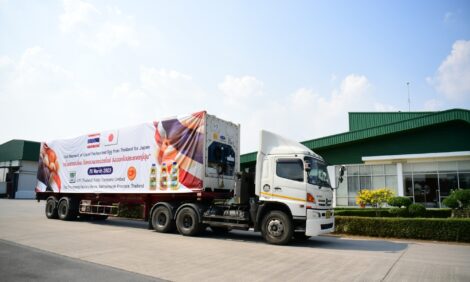



Plan now for higher risk of bird flu in winter
According to a new research study, the risk of the introduction of bird flu virus on poultry farms is four times higher in the months of November to February than in the summer months. Now is the time to start planning interventions aimed at preventing the introduction of avian influenza virus in the winter.Poultry can become infected with bird flu viruses through direct contact with infected wild birds or their droppings. Wageningen Bioveterinary Research (WBVR) previously showed that the risk of introducing low pathogenic avian influenza viruses is higher for free-range poultry farms. In a recent study, WBVR examined whether this risk is greater at certain times of the year.
For this study, data from the serological monitoring program for avian influenza was used, and eggs were collected from 261 runners for two years. In the monitoring program, blood samples from poultry are tested every three months for the presence of antibodies against bird flu. When antibodies were detected, the eggs - collected in the period prior to the detection of antibodies - were tested to determine the moment of introduction of the virus. Using mathematical and statistical models, the time of virus introduction and the time of year with higher risk of introductions were then calculated.
Interventions focus on the winter period
This study has shown that most releases of low pathogenic avian influenza viruses occur in the months of November through February. The same risk period was seen for the introduction of highly pathogenic avian influenza viruses. The risk of bird flu virus introduction to poultry farms during this period was four times higher than in the summer months.
In winter, large numbers of migratory birds are present, which hibernate in our country. Interventions, also from agricultural entrepreneurs, aimed at preventing the introduction of avian influenza virus should therefore be particularly focused on in the winter period.
Summary
The results of this study are mainly applicable to the Dutch situation and to free‐range layers in particular. We do not know whether the identified risk period, or presence of a distinct seasonal risk, would be similar in other European countries. The correlation observed between the risk period of introductions in poultry and the period of higher abundance of migratory waterfowl in the Netherlands might be used as correlate (abundance of migratory waterfowl) of seasonal risk that could be used to identify potential risk periods in neighboring countries.
The results can be used to optimize risk‐based surveillance, take preventive measures in high‐risk months and inform decisions on timing and duration of indoor confinement during AI outbreaks in the Netherlands. Reduction in AI introductions into commercial poultry will benefit animal welfare, economy and public health.
Gonzales, Jose L., et al. “Seasonal Risk of Low Pathogenic Avian Influenza Virus Introductions into Free‐Range Layer Farms in the Netherlands.” Wiley Online Library, Netherlands' Ministry of Agriculture, Nature and Food Quality, 7 June 2020, onlinelibrary.wiley.com/doi/full/10.1111/tbed.13649.
| References | ||||
|---|---|---|---|---|









